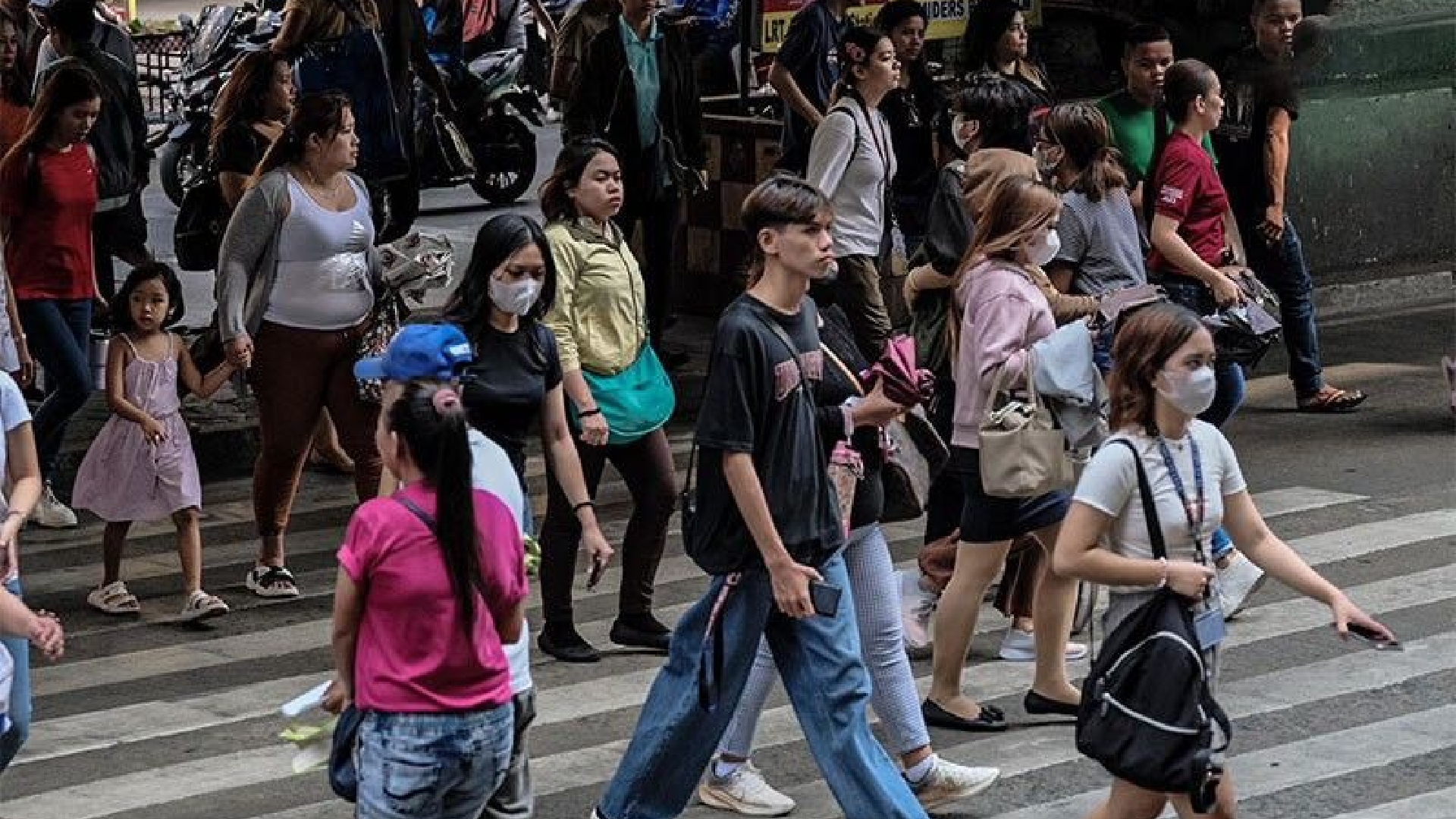DOH Confirms Detection of 'FLiRT' COVID-19 Subvariants, Assures Low Risk Nationwide

While confirming the discovery of "FLiRT" subvariants of COVID-19 in the Philippines, the Department of Health reassured the public that all regions are still considered to be at "low risk" and that the increase is gradual and under control.
The DOH said that it had discovered the first two local instances of KP.2, one of the two FLiRT variants (the other being KP.3) that are being closely watched by local and international health authorities, citing the most recent sequencing data from the University of the Philippines-Philippine Genome Center (UP-PGC).

The first two local cases of KP.2, one of the two FLiRT forms of the SARS-CoV-2 virus, have been identified by the Department of Health (DOH). The Department of Health (DOH) refers to KP.2 and KP.3 as Omicron subvariants rather than FLiRT.
“It may be likely that there are earlier KP.2 cases, but because of limited sequencing, we have not detected and reported this earlier,” DOH Assistant Secretary Albert Domingo said in a message to reporters.
Additionally, the DOH verified two cases of JN.1.18, one of the four COVID-19 variations now under monitoring (VUMs) by the World Health Organization (WHO), together with JN.1.7 and the FLiRT variants KP.2 and KP.3, for the first time. The JN.1 subvariant, which was discovered previously, was the ancestor of all four of these VUMs.
30 instances of JN.1, which were initially discovered in November 2023, have been found through sequencing by the Department of Health (DOH) in the Philippines. The DOH continues to assert that the novel variations under observation are clinically modest and tolerable in spite of the discovery.
Since last month, there has been a constant weekly increase in the number of cases recorded. From May 21 to May 27, 2,233 instances were logged, or 319 cases per day on average. The percentage of COVID-19 patients utilizing hospitals has stayed low and controlled, with only 14% of the ICU's designated beds and 15% of all COVID-19 beds being used. The Department of Health asserts that, given the rise in instances, there is no scientific justification for placing travel restrictions on any nation.The DOH exhorts people to continue practicing excellent respiratory hygiene, airflow, and ventilation, as well as the voluntary and appropriate use of face masks.
